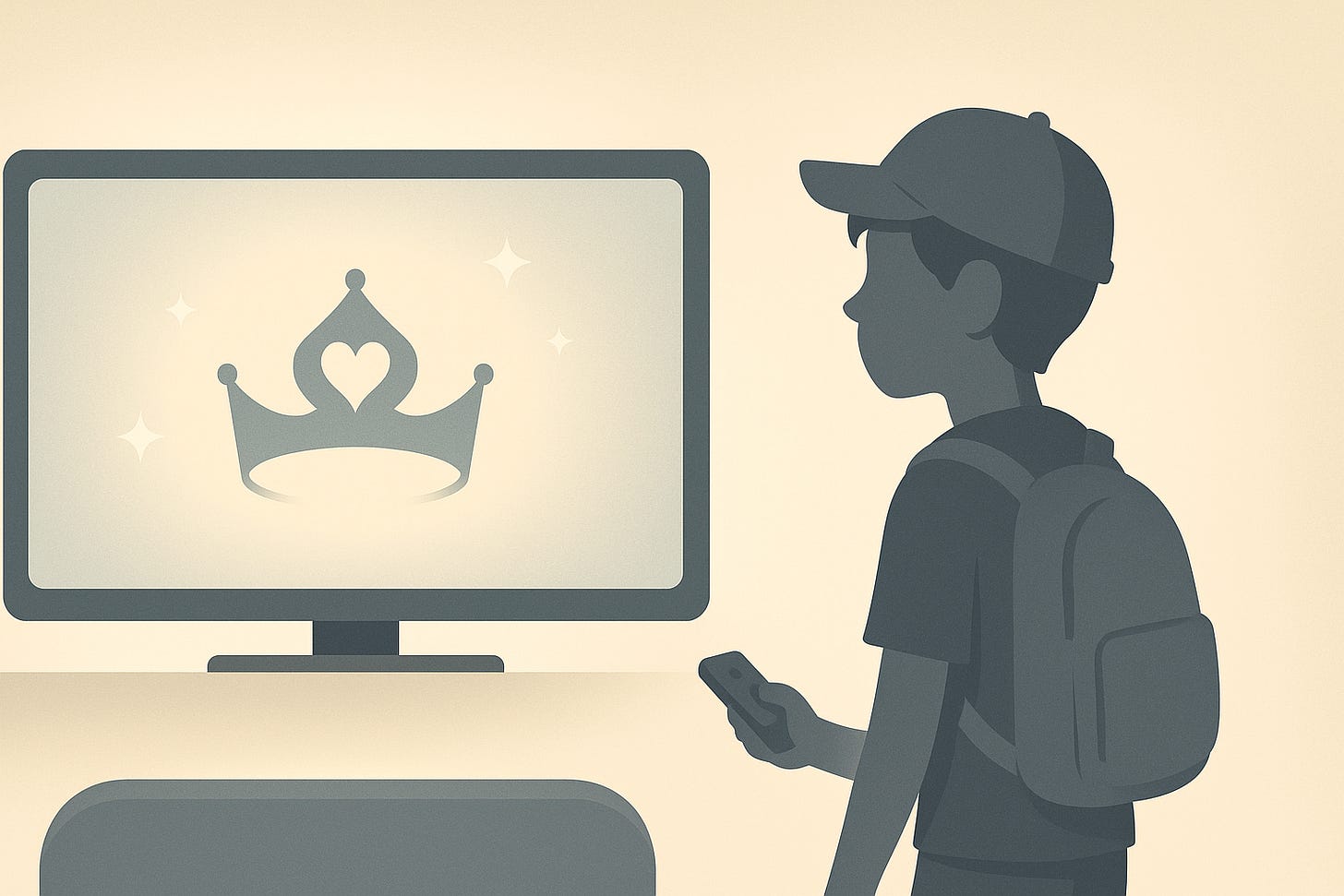The trade publication, Variety, published a story today reporting that C-level executives at Disney are sounding the alarm bells on the company’s apparent lack of appeal to Gen Z males (18-28) and are urging their creatives to pivot to creating original franchises and content that appeals to them. The article notes that Disney is seeking “new IP and pitches such as splashy global adventures and treasure hunts, as well as seasonal fare like films for the Halloween corridor,” hoping to entice young men to the box office.
This realization is long overdue, as since the mid-2000s Disney has been on a girl-power kick and has, at least under the Disney brand, mostly spent the last 10 or 15 years making movies that feature strong female heroines in leading roles, and relegating male characters to the supporting cast. At first, this seemed to be a much-needed correction, after all Disney is notorious for having produced dozens, if not hundreds, of films that treat women as damsels in need of saving by a dashing prince or worse, little more than props. Even in classic Disney movies named after female characters, said characters lack agency (looking at you especially Snow White and Sleeping Beauty).
So Disney set out to right old wrongs, producing movies like Tangled, Frozen, Princess and the Frog, the ever-popular Moana, and dozens more, including altering others like Beauty and the Beast and Aladdin when making live-action versions to highlight their female characters’ agency and strength. All of these were good, and Disney should continue to make movies with strong female leads. The problem is that in the process, they have lost boys and young men.
Not because boys and young men don’t want to see women in leading roles, but because they also want to see themselves in the leading role, saving the day in a classic Disney fantasy. Had Disney released a few movies like Treasure Planet and Atlantis: The Lost Empire in between their robust slate of snow queens and wayfaring voyagers, they would likely have not lost a key demographic so completely.
Middle school boys will be middle school boys, and anyone who’s spent time around middle school boys knows that they’re not exactly rushing to watch movies centered on girls. Yet that age group makes up a huge slice of Disney’s audience, and in an era of declining ticket sales, they can’t rely on girls in Elsa dresses alone; they need to appeal to as many demographics simultaneously as possible.
The older end of the demographic in question will likely be harder to win back. We’ve likely all read about the rise of misogyny and sexism amongst a segment of young men embodied by figures like Andrew Tate and others. Spending time on Twitter/X, I’ve noticed that the lack of strong male leads in Disney movies (as well as in the culture broadly) can be exploited by such figures to “red pill” (meaning to convert or onboard) vulnerable or disillusioned young men into a toxic way of thinking about women and about themselves, which can often lead to further radicalization.
In light of that, I think it’s more important than most realize to give boys and young men positive roles in leading roles across media. Just like little girls around the world were inspired and empowered by Elsa and Moana, Disney must create new stories that do the same for boys and young men. Bob Iger said it himself during his remarks at the 2023 Annual Shareholders meeting: “Audiences want to see themselves and the very best of humanity reflected in the stories we tell.”




I so agree. They need to appeal more to the older age guys.